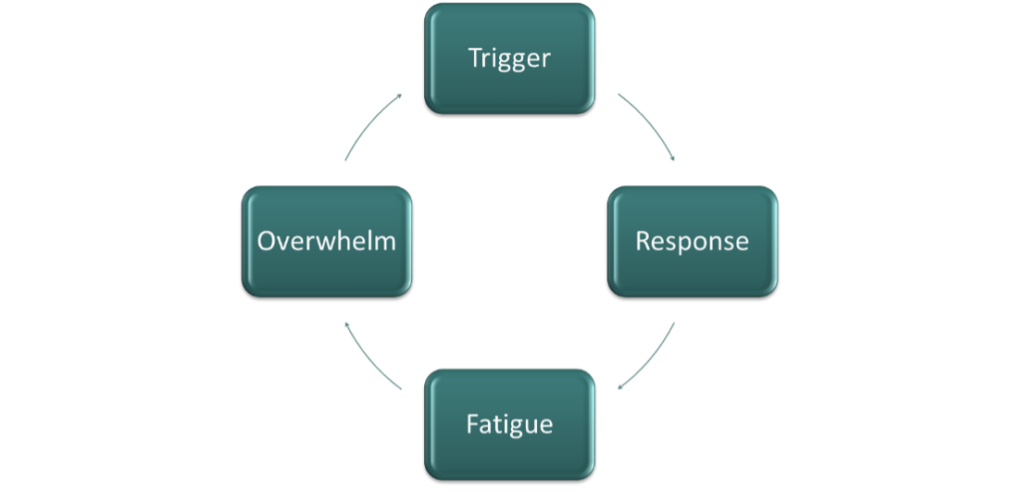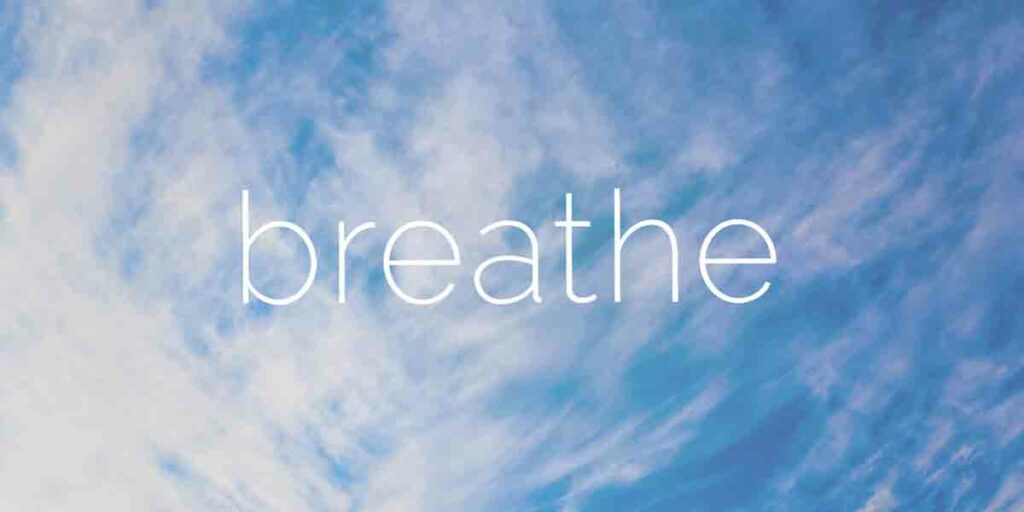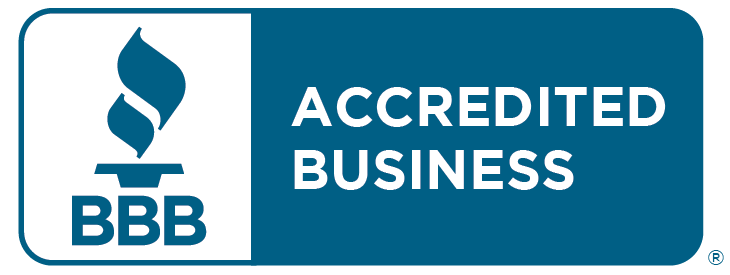You see the gigantic mountain of stress looming in your day and think about what your “always helpful” friend/colleague says in the face of stress: “just breathe”. Without missing a beat, you side-eye the mountain of stress, think “just breathe? as opposed to what, not breathing at all?”, and you decide to tackle it like you always do – white knuckle it until the workday is over and you can unwind in front of the tv. We all know how to breathe right!?
Well, it turns out that while all humans breathe, many of us breathe ineffectively which causes a slew of physical issues, and somewhere along the way, we literally forgot how to breathe properly1. Most importantly our “bad breathing” can perpetuate the stress cycle:

Our brains are wired to respond to danger or potential danger. The stress cycle is created and perpetuated by situations that trick the brain into believing there is danger when none exists. For instance, take the above situation where we look at our emails and see a pile of work that will take more hours than we have in our workday. There is a lot of pressure or stress in this situation to perform and meet expectations – this is the trigger.
Due to this pressure, we may inadvertently hold our breath and then take shallow rapid breaths, entering into “bad breathing”. This unproductive breathing tells our brain that we are in a potentially dangerous situation that requires the release of stress hormones in our body. Then we feel panic and fear as our bodies prepare for fight, flight, or freeze mode2. Unfortunately, this danger mode prevents us from thinking clearly and doing our best work.
By the end of the day, we are exhausted from the blocked breathing and the stress hormones released, which lead to overwhelm because we were not as efficient as we needed to be due to being in “danger mode” the entire day. The next day we go back to work, and it starts all over again, we are still breathing inefficiently, still feeling stressed, and the cycle starts again3.
Telling someone to “just breathe” is like telling a fish being chased by a predator to “just swim”. Decades of scientific research has shown that actually changing the way we breathe can retrain how the brain perceives “danger”, and thereby lowers the stress response in our bodies. If we “just breathe”, we will likely just breathe ineffectually. However, by practicing mindful breathing we significantly reduce stress and stop the cycle, thereby we reset and recharge our brains and bodies4!
What is “bad breathing”? It is dysfunctional breathing that prevents our bodies from receiving the proper amount of air (sometimes too little, sometimes too much), and may include mouth breathing, shallow quick breaths, the unintentional holding of the breath, gasping, and or any type of forced breath that goes against an easy natural inhale and exhale.
What is “healthy breathing”? It is functional breathing that allows the body to be in a neutral calm state or a natural state of being and may include inhaling through the nose (and preferably exhaling through the nose), relaxed posture, easy rhythmic inhale and exhale patterns, and full three-part inhales ~ the stomach rises, chest rises, then upper chest rises and full three-part exhales ~ stomach falls, chest falls, upper chest falls.
What is “mindful breathing”? It is bringing awareness to our breathing and shifting out of “bad breathing” patterns and into “healthy breathing” patterns.
Here is an easy way to begin the practice of mindful breathing:
- Notice – start to become aware of when your breathing is dysfunctional
- Sigh – once you notice that moment, take a breath through the nose and sigh in a big, exaggerated way through your mouth (starts to reset the “danger” cycle)
- Nose breathing – do your best to switch to nose breathing as often as possible (retraining your brain and body)
- Counted breathing – give your mindful breathing an extra boost with this easy rhythmic breathing: inhale for a count of 4, pause for a count of 2, exhale for a count of 4, pause for a count of 2. Continue this type of breathing for a minute or two
So, the next time you hear “just breathe”, know that you have mindful breathing as a real tool to reset and recharge yourself during stressful situations!
- Nestor, J. (2020). Breath, The New Science of a Lost Art. NY: Riverhead Books.
- Ley, R. (1985). Agoraphobia, the panic attack and the hyperventilation syndrome. Behaviour Research and Therapy,23(1),79-81. doi:10.1016/0005-7967(85)90145-7
- Gilbert, C. (1998). Emotional sources of dysfunctional breathing. Journal of Bodywork and Movement Therapies, 2(4), 224-230. doi:10.1016/S1360-8592(98)80019-3
- Xiao, M., Zi-Qi, Y., Zhu-Qing, G., Hong, Z., Nai-Yue, D., Yu-Tong, S., Gao-Xia, W., & You-Fa, L. (2017). The effect of diaphragmatic breathing on attention, negative affect and stress in healthy adults. Frontiers in Psychology, 8, 874. doi:10.3389/fpsyg.2017.00874
Dr. Lauren LaPorte, M.Ed., Ed.D., LCPC






